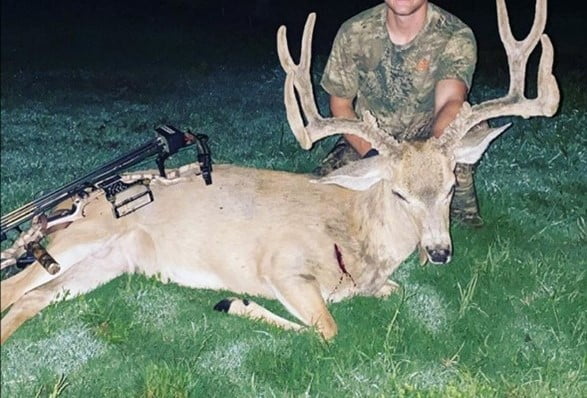
The U.S. Fish and Wildlife Service today announced it is finalizing game bird season lengths and bag limits for the 2019-2020 Federal waterfowl seasons that are largely unchanged from those of last year. The Service is the lead agency charged with managing migratory birds under international treaties and works closely with many partners, including sportsmen’s groups and state agencies.

These seasons and bag limits are based on results from monitoring programs that indicated most species remain at or above population objectives. Each year, the Service works in partnership with states from the four Flyway Councils (Pacific, Central, Mississippi and Atlantic) to establish regulatory frameworks for hunting season lengths, dates and bag limits. States select their individual seasons from within the federal frameworks.

Changes this year include:
- Moving the closing framework date for ducks from the last Sunday in January to January 31 for all Flyways.
- Allowing states to offer two additional days for active duty military and veterans.
- New tundra swan season in Delaware.
- New sandhill crane season in Alabama.
- Nationwide northern pintail daily bag limit of one.
- Mallard daily bag limit of two in the Atlantic Flyway.
- More restrictive seasons for the Atlantic population of Canada geese.

Although most migratory game bird populations remain abundant, when and where birds will be encountered depends on many factors. Food availability, habitat and weather conditions, and other factors all influence local bird abundance, distribution, behavior and ultimately, hunter success. The Service’s reports on the status and harvest of migratory game bird populations and information about migratory bird management across North America are available online.
The Migratory Bird Treaty Act of 1918 protects some 170 species of game birds. Fewer than 60 species are typically hunted each year, subject to limits based on data from aerial surveys and other monitoring programs. The Service publishes migratory game bird regulations each year in the Federal Register.
Revenues from hunting licenses, Federal Duck Stamps and excise taxes on hunting-related equipment have funded wildlife research, management and habitat acquisition since the early 20th century.
For more information visit: https://www.fws.gov/birds/bird-enthusiasts/hunting.php.
